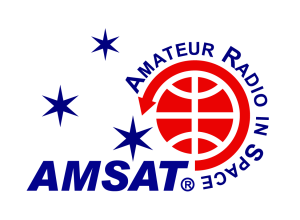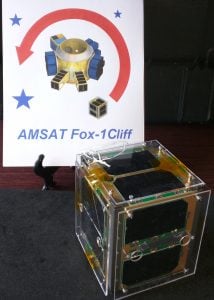I’m officially releasing version 1.07 of FoxTelem. A test version has been out for a while, but it had several issues, including a lower decode rate than 1.06. That prevented release for a while. Those issues (and something like 65 other defects) are now all fixed and this decoder performs better than 1.06. Feel free to test them side by side and report back if that is not the case for you. We are always interested in any comparative results.
In addition to defects in FoxTelem 1.06 and earlier versions of 1.07, this also introduces Doppler calculation with automatic adjustment of the decoder frequency. This is especially useful for decoding beacons and has been helpful in testing for Fox-1A / AO-85 and Fox-1Cliff / AO-95 which are both in SAFE mode. Decoding from Doppler takes a bit of configuration to get right. Have a read of the new sections in the manual or ask for help if you want to give it a try. There are pros and cons vs “Find Signal” for sure.
Version 1.07 changes the core SDR within FoxTelem to use a Numerically Controlled Oscillator (NCO) rather than an FFT Filter for the conversion to base-band. This produces better decodes and will allow the support of wider bandwidth SDRs in the future. The old decoder is available still if needed from the settings screen. Read the manual for details.
Version 1.07 also introduces two new BPSK decoders in advance of the Fox-1E launch. (I have no inside information about when that will be, but I have the decoder ready 🙂 I also wrote some notes on the comparison between the two decoders, which you can read if you are interested in BPSK decoding performance, or just wonder what I do with my time in the evenings: http://www.g0kla.com/workbench/2019-03-09.php
The releases are here:
http://amsat.us/FoxTelem/windows/foxtelem_1.07y_windows.zip
http://amsat.us/FoxTelem/linux/foxtelem_1.07y_linux.tar.gz
http://amsat.us/FoxTelem/mac/foxtelem_1.07y_mac.tar.gz
KEY CHANGES in 1.07
~~~~~~~~~~~~~~~~~~
* Ability to add a new spacecraft from the menu. You can also remove them.
* Doppler calculation and tracking as an option instead of “Find Signal”
* A better SDR based on a Numerically Controlled Oscillator, ready for wider SDRs
* Two new PSK decoders – Costas Loop and Dotproduct
* RTL dongle implemented for testing, though more work to do
* Stops downloading keps when position calc is off
* Allows toggling of high speed / DUV display when in auto mode
* Fixed plotting issues for Earth plots
* Fixes several crashes and bugs
* Fixes copy paste issues with tables
* Respects left/right audio preference when processing wav files
* Implements formats for later spacecraft – Fox-1E and HuskySat
* Linux and Mac launch script updated to locate the JVM (especially on Mac). Please report if when this works/does not work
* MEMS gyro calibration updated
* Fixed a bug where AO-85 data from the server could not be stepped through
And many other bug fixes. Full list of changes here: https://github.com/ac2cz/FoxTelem/milestone/12?closed=1
Let me know any feedback.
73
Chris
G0KLA / AC2CZ



